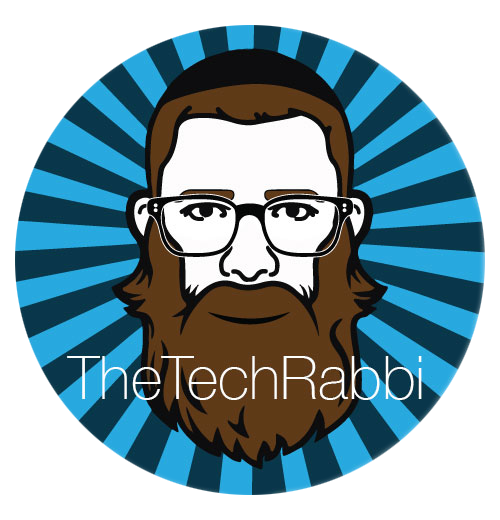Is Education Technology Worth The Hype?
Is Education Technology worth the hype? Are we talking about iPads and Macbooks, or changing the tools we use to facilitate, integrate, and accumulate learning experiences.
iPads are hype, but using them to creative dynamic and creative personalized learning experiences is priceless.
New inventions tend to generate hype. Its a natural cycle which at some point will inevitably lead to jaded and sometimes scornful attitudes toward the tool.
The iPad wont make us better thinkers, but if we actually think independently and creatively, it just might help us make something amazing.
The technology breakthroughs of the Industrial Revolution and even more so in the past decade, have completely transformed how we go about our work, our learning, and even how we relax. The question is why do we hype the technology itself instead of what it gives us the ability to achieve? Is there hype surrounding technology and its long term relevance in education? Many question its ability to authentically and effectively integrate into learning. Others are concerned about high costs and planned obsolescence. If technology is about the devices themselves then we fail to appreciate the experience and results that we gain from our use of technology. Take a simple hand tool for example. Very few people get excited about a hammer anymore. Even less consciously appreciate its multi use function, adaptability, durability, and efficiency. Thats because their challenge and needs were the main focus, not the experience of using the tool to help them accomplish their desired task.
Successful use of technology is only as strong as the vision and goals we believe we can achieve.
The education world is aware of these challenges, and visionaries such as Dr. Pentedura have created the SAMR Model, and others have incorporated Gartner's Hype Cycle into tangable realistic measures of successful use of technology in education. I constantly use these models to support faculty in their curriculum building as well as enhancing current projects. However sometimes these models in their simplicity put unrealistic pressure on educators, and in many times make teachers feel inadequate if they do not reach the "highest level". I had a teacher question my Modification label of their project, which they felt was more in line with Redefinition. If the project can be Redefined by specific students, or by others at different points during the process, I still believe that quality learning is achievable by simple substitutions and augmentation. This point is expanded on by Beth Holland who wrote about how many teachers feel Redefinition is what defines their success in technology integration. Darren Draper wrote an article that offers constructive criticism of the SAMR Model. He offers great insight into how a model that helps put perspective on the challenge of integration, can unintentionally hamper its potential success.
I think that as educators and learners, we need to consider for a second that successful technology integration into learning is not about technology at all, its about experiencing the information, relating to it, and discovering how we are able to share it with others. The tool itself isn't more than a substitute for a previous tool. Its not until our creativity, innovation, and passion for discovery is filtered through the tool that it becomes anything more than a tool with possibilities.
When analyzing the essence of the SAMR Model, I find that it is not limited to computing technology. It is applicable in any change in process to achieve a better, faster, and stronger result. Take mail delivery for example;
 Between the horse and the iPad, the desire has not changed. People want to communicate as often and fast as possible. The only thing that has changed is the process. We have found faster, more efficient, and more cost effective methods to communicate. When you received a letter by horse, it was expensive, and timely. This meant you received only a dozen or so letters in your lifetime and cherished almost all of them. As the process advances, the quality of communication has deteriorated, while other factors such as speed and cost decrease. This final result is that we spend the first 20 minutes of our day deleting emails from list serves and have an inbox count of over 2,000. Still, our desire to communicate, connect, and share makes even a little bit of hype worth it.
Between the horse and the iPad, the desire has not changed. People want to communicate as often and fast as possible. The only thing that has changed is the process. We have found faster, more efficient, and more cost effective methods to communicate. When you received a letter by horse, it was expensive, and timely. This meant you received only a dozen or so letters in your lifetime and cherished almost all of them. As the process advances, the quality of communication has deteriorated, while other factors such as speed and cost decrease. This final result is that we spend the first 20 minutes of our day deleting emails from list serves and have an inbox count of over 2,000. Still, our desire to communicate, connect, and share makes even a little bit of hype worth it.

